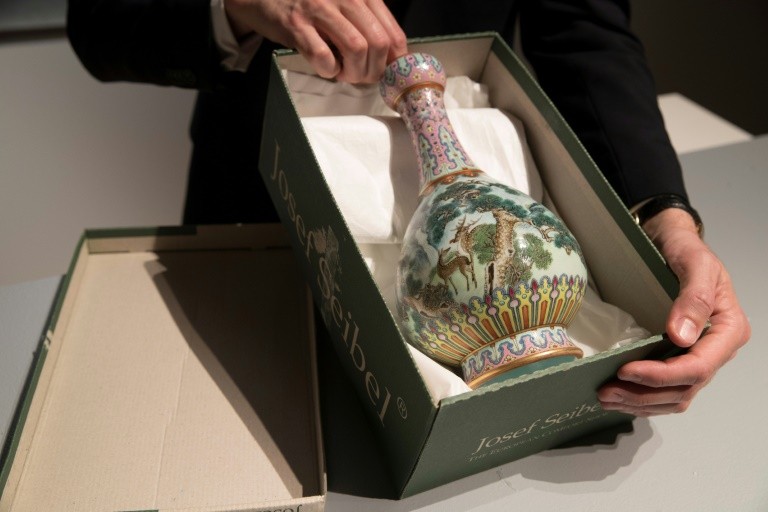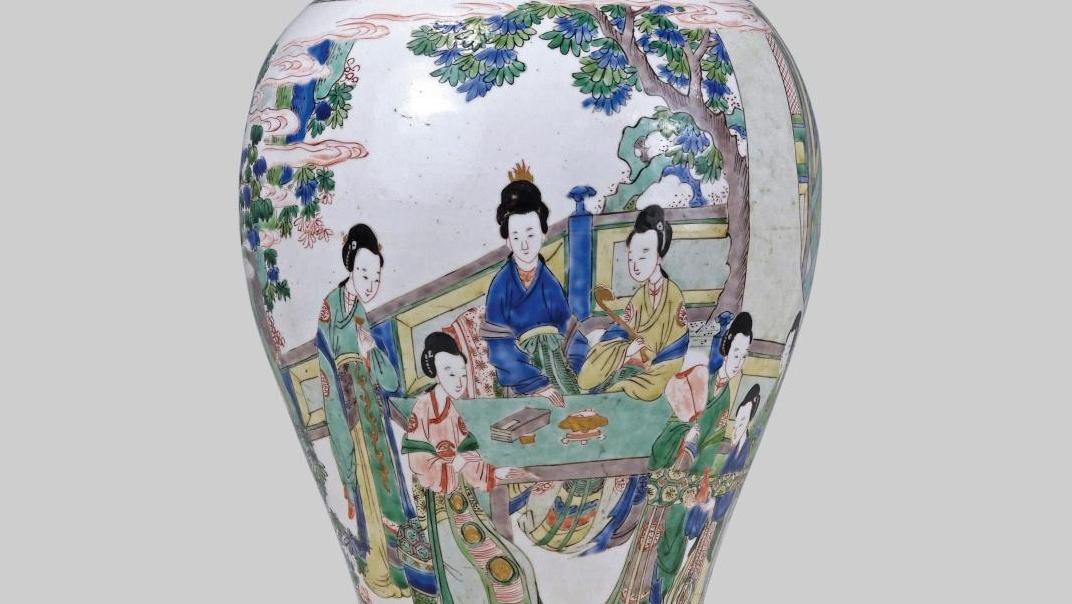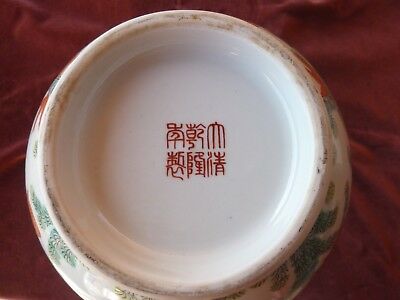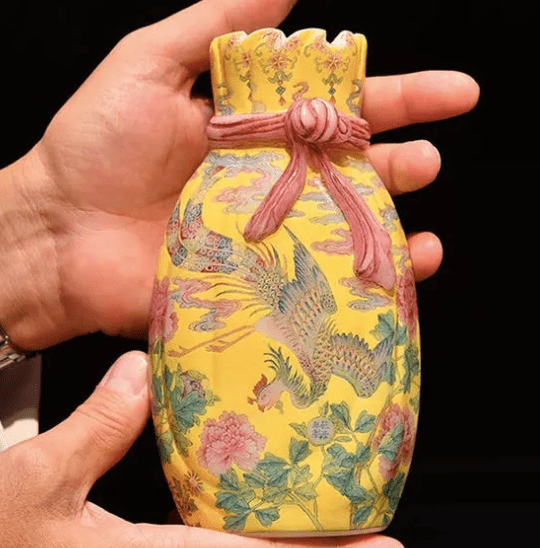Blog
Keep up to date with the latest news from art markets across the world through our blog "the eye of the expert"
Any questions?
contact@mr-expert.com
How to recognise an antique Chinese vase?
Antique Chinese vases are present on the art market and attract the interest of Asian art collectors. This craze is to be put in parallel with the development of fortunes in Asia. Collectors of Chinese objects can pay large sums of money to acquire certain exceptional Chinese vases. New records are regularly broken at auctions. Many antique objects were imported into Europe during colonisation. It is therefore useful to know how to recognise an antique vase from a modern one when putting it up for sale.

The different characteristics of a Chinese vase
It is difficult to give a precise idea of what a Chinese vase is. However, certain characteristics stand out in order to differentiate them from other productions. The use of vases in China dates back to ancient times and their functions are diverse. The vase can be used as a container or it can be purely decorative and be made of terracotta, stoneware or bronze. It should be noted that the composition of a vase is an indicator that can give indications as to its authenticity and dating.

Chinese porcelain vases are especially appreciated for their delicacy (particularly those based on kaolin, the traditional manufacture of which ended at the beginning of the 20th century with mechanisation).
In order to properly identify a Chinese vase, one must understand the production process. Pernettes are, for example, supports that allow Chinese vases to avoid touching each other and not sticking to the kiln during firing. Some of them are more or less visible and important over the different centuries. This firing mark offers many clues so as to date the period of manufacture of a vase.
In addition, ancient Chinese vases are frequently signed on the back. The signatures vary according to the period and place of manufacture. Nevertheless, it is not uncommon for some pieces not to be signed (sometimes a sign that the piece is very old). It is advisable to be vigilant and to have the signatures checked by an expert, as they are very regularly forged.

How to recognize a valuable antique Chinese vase?
Valuable Chinese vases can be distinguished by the quality and finesse of their decoration. The work done on them is much more precise than on an ordinary object. The subject matter is also important (the taste for certain themes can be influenced by cultural events highlighting a specific period).
The vases from imperial production are very precious and special care must be taken when they are manufatured. For example, these vases have very little iron.
It is not always easy to know whether a Chinese vase is valuable or not. There may be many confusing shapes and patterns. It is therefore advisable to call in professionals to make an estimate in view of the criteria to be considered. All the more so as a large number of forgeries are currently circulating on the market.

How to get an estimate for an antique Chinese vase?
It is possible to make the estimation yourself if you have the very precise knowledge required and specialized books. However, there are several ways to have your ancient Chinese vases evaluated. We suggest you fill in our online form and send us photographs. For certain pieces, we need to see them with our own eyes – our experts in Asian art travel all over the world for this purpose. Our international network enables us to find the most suitable solution to sell your objects in the best possible way.
You may also like
How to Tell the Difference Between Bronze & Regulus